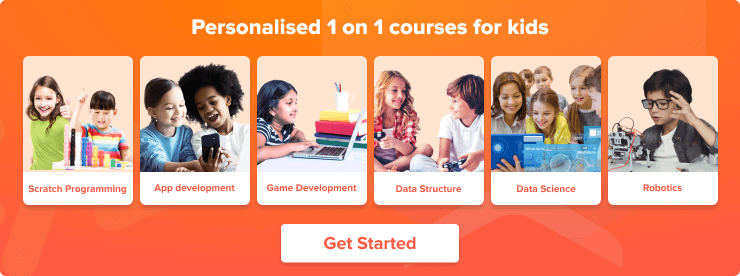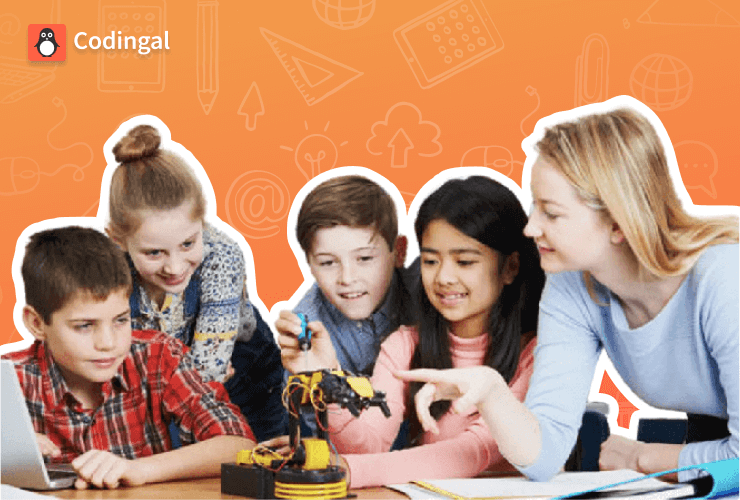In today’s technology-driven world, it is essential now more than ever to prepare students for the future. Teaching robots to young students throughout their schooling can increase their ability to be creative and innovative thinkers and more productive members of society.
Table of Contents
An Introduction to Programming Increases Creativity Prepare them for the future Teaching Children How to Turn Frustration into Innovation Promoting InclusivityMany governments have already recognized the importance of robotics in the classroom and have begun to create programs and laws that would incorporate it into their public education system. By teaching our students the basics of robotics, we can open a whole new world to them and exciting opportunities that they would not have access to otherwise.
1. An Introduction to Programming
Learning to program a computer is an excellent skill to have to make students more likely to get a job in the future and earn more money in their lifetime.
Teaching young students the abstract subject of programming can be a challenging task. Programming is often too complex for most students to grasp. Robotics is simpler to understand and more tangible introduction to programming.
When students program physical robots, it is easier for them to see what goes wrong as they learn what robots can and cannot do. They learn the skills which are needed to create precise and accurate instructions and have fun while learning some of the valuable lessons. Teaching robotics in schools gives students the opportunity to address the growing demand for teaching STEM subjects while learning how science, engineering, math, and technology work together and even interact.

2. Increases Creativity
Robotics is a production-based learning module. Students have the opportunity to create something tangible and make it perform the actions that they program it to do. Not a lot of fields combine creativity with technology and engineering – robotics does.
3. Prepare them for the future
It is no secret that jobs in the STEM field are the fastest-growing careers and are projected to grow another 17% in the coming years. Industries such as the drone industry have grown dramatically and rapidly in the last couple of years.
4. Teaching Children How to Turn Frustration into Innovation
Learning how to build and program a robot can be a difficult and complex process. Many students will struggle with the concepts at first and often gets frustrated. Robotics in schools can help these students to turn their frustration into innovation and creativity.
This is a valuable life lesson that teaches our students determination and perseverance when faced with challenges. Students learning robotics can channel their frustration into trying harder and aiming higher. All their hard work makes looking at that finished product even sweeter at the end. Not only does teaching student’s robotics teach them how to persist and solve problems, but it also helps them to increase their maturity levels and prepare them for real-world situations.

5. Promoting Inclusivity
Robotics is a field that is easily accessible to a wide range of students with wide range of skills and talents. Studies have also shown robots to do a great job of engaging students on the autism spectrum. Children with autism can easily respond to the consistent, clean, and calm interactions that robots give them. Robots like the Milo and ASK NAO have been developed to aid autistic students while learning and understanding their emotions.
Looking to make your child a Creator and Innovator and make this world a better place. Register for our demo class here. Codingal offers the best in the class online coding class for Kids.












